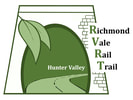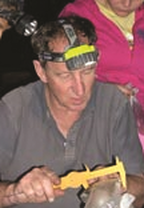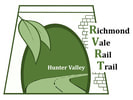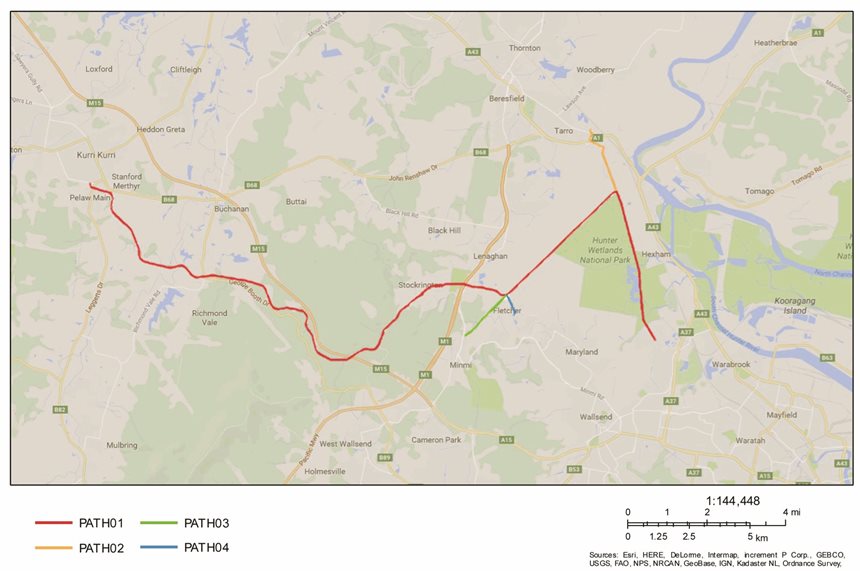Proudly supported by the Donaldson Conservation Trust
Abstract
Biodiversity in the local region of the proposed Richmond Vale Rail Trail.
The proposed Richmond Vale Rail Trail, should it eventuate, offers a previously unavailable opportunity for the community to experience within one walk or ride a range of ecosystems that typify the transition from the Sydney Basin bioregion to the lower Hunter. The north east of the Central Coast Range meets the Hunter Valley in the lower foothills of the Sugarloaf Range and Watagan Mountains. This is the extreme northern boundary of the Sydney Basin metasediments - deep layers of sedimentary rocks that form the Greater Blue Mountains World Heritage Area and are exposed in eroded cliff and gullies. The Hunter Valley represent a major geographic and geophysical boundary between the Sydney Basin bioregion and the North Coast bioregion. To the north of the Hunter Valley are the Barrington and Myall Ranges underlain by volcanic and metamorphic base rocks. As such the region is one of considerable interchange in biodiversity. Many species of animals, and less so plants, reach either their northern distribution or their southern distribution at this boundary. The boundary itself acts as a filter barrier for numerous species that have an annual north south migration that crosses the valley, and there is a western element of biodiversity that moves down the corridor of the Hunter Valley. In this presentation an assessment of the biodiversity of the ranges and associated lower valley ecosystems will be presented. Emphasis will be placed on the resident fauna and those which pass through the corridor as they migrate from north to south and vice versa. A great value of the potential Richmond Vale Trail is that it opens a immersive opportunity for the community to move through this landscape and gain appreciation via developed interpretation material of the biodiversity value in this landscape.
Biodiversity in the local region of the proposed Richmond Vale Rail Trail.
The proposed Richmond Vale Rail Trail, should it eventuate, offers a previously unavailable opportunity for the community to experience within one walk or ride a range of ecosystems that typify the transition from the Sydney Basin bioregion to the lower Hunter. The north east of the Central Coast Range meets the Hunter Valley in the lower foothills of the Sugarloaf Range and Watagan Mountains. This is the extreme northern boundary of the Sydney Basin metasediments - deep layers of sedimentary rocks that form the Greater Blue Mountains World Heritage Area and are exposed in eroded cliff and gullies. The Hunter Valley represent a major geographic and geophysical boundary between the Sydney Basin bioregion and the North Coast bioregion. To the north of the Hunter Valley are the Barrington and Myall Ranges underlain by volcanic and metamorphic base rocks. As such the region is one of considerable interchange in biodiversity. Many species of animals, and less so plants, reach either their northern distribution or their southern distribution at this boundary. The boundary itself acts as a filter barrier for numerous species that have an annual north south migration that crosses the valley, and there is a western element of biodiversity that moves down the corridor of the Hunter Valley. In this presentation an assessment of the biodiversity of the ranges and associated lower valley ecosystems will be presented. Emphasis will be placed on the resident fauna and those which pass through the corridor as they migrate from north to south and vice versa. A great value of the potential Richmond Vale Trail is that it opens a immersive opportunity for the community to move through this landscape and gain appreciation via developed interpretation material of the biodiversity value in this landscape.
Presentation
Ecology of the Richmond Vale Rail Trail landscapes
Presented on 27th September 2017 at the Active Transport: The Richmond Vale Rail Trail Conference (2017)
| 1520_michael_mahony_ecology_of_the_rvrt_landscapes1.pdf | |
| File Size: | 5329 kb |
| File Type: | |




